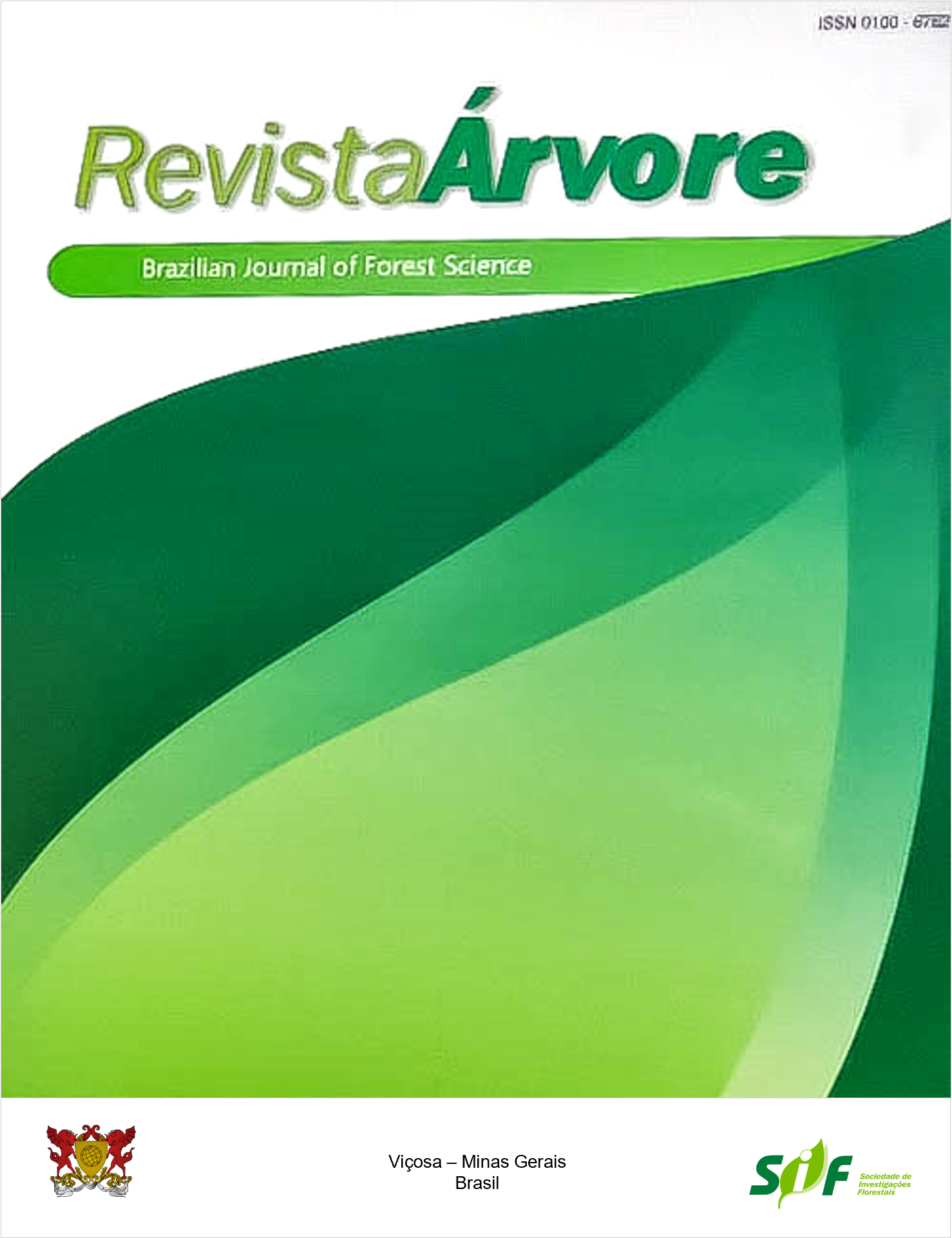SOIL RESISTANCE AND MULTIVARIATE ANALYSIS AS AN AUXILIARY METHOD FOR SELECTING Calophyllum brasiliense PROGENIES
Keywords:
Precision silviculture, Progeny tests, REML/BLUPAbstract
Precision silviculture is being developed to manage and improve Calophyllum brasiliense, a tree species associated with wet and swampy soils. This study estimated genetic parameters for growth traits in response to soil resistance as an auxiliary tool for identifying and selecting progenies adapted to water-saturated soils. This was undertaken in a progeny test of C. brasiliense in which 1,200 seedlings grown from seeds collected from a natural population were planted in a randomized complete block design for single-tree plots. Genetic statistical analysis was conducted using the REML/BLUP method. Significant differences (p<0.01) in diameter at breast height were observed among the progenies. The coefficients of genetic variation and heritability at the individual and progeny levels were low for diameter at breast height and height, indicating low genetic control for these traits, while high positive and significant genetic and phenotypic correlations were detected between diameter at breast height and height. Theoretical genetic gains and multivariate statistical analysis indicated three groups of progenies with different degrees of tolerance and adaptability to flooded soils, which could be useful in future breeding programs for this species, although further analysis at advanced ages is still required. The mean heights of tolerant and sensitive progenies were 12 and 58%, respectively, lower than the theoretical values, indicating that constant soil flooding is harmful to this species.
Keywords: Precision silviculture; Progeny tests; REML/BLUP
Downloads
Published
How to Cite
Issue
Section
License
Copyright (c) 2022 Revista Árvore

This work is licensed under a Creative Commons Attribution 4.0 International License.
All authors agreed to submit the work to Revista Árvore and granted the exclusive license to publish the article. The authors affirm that it is an original work and has not been previously published elsewhere. The scientific content and opinions expressed in the article are the sole responsibility of the authors and reflect their opinions, not necessarily representing the opinions of the editorial board of Revista Árvore or of the Society of Forest Investigations (SIF).




